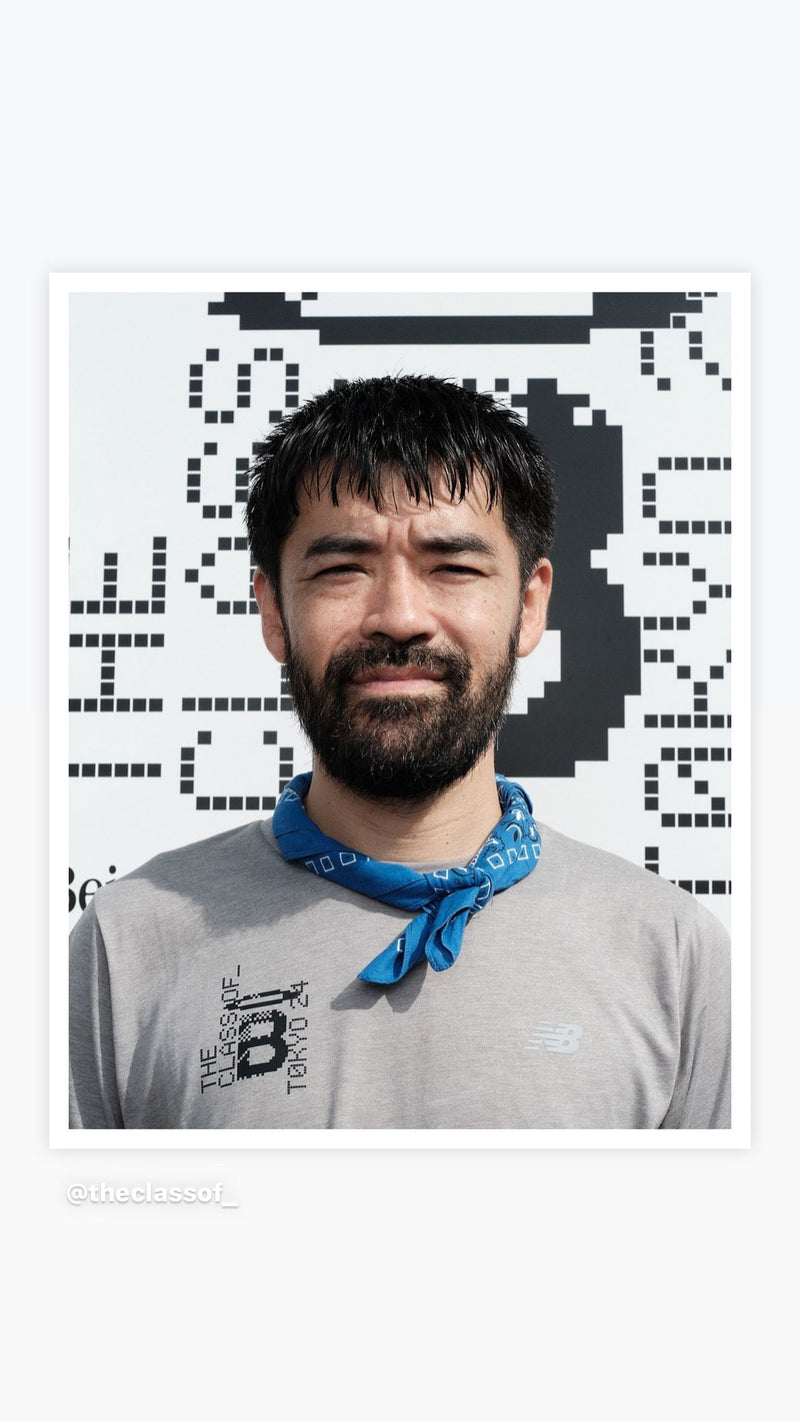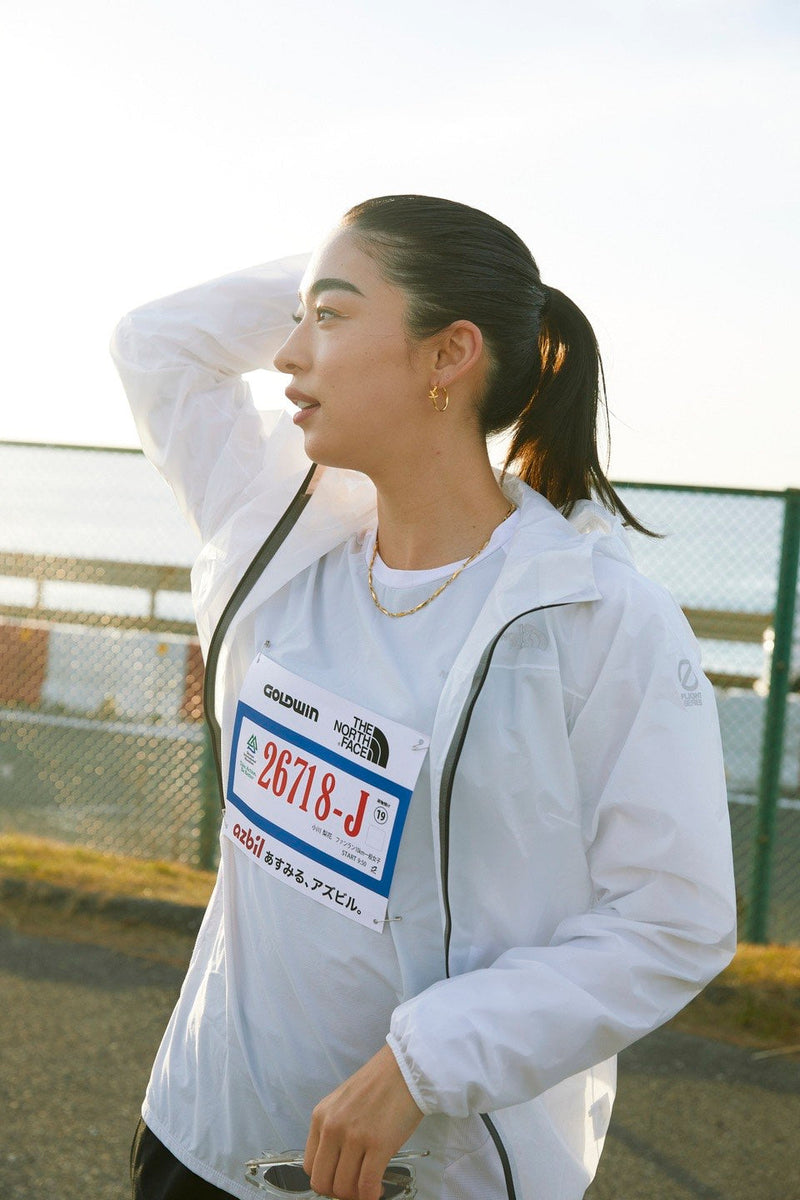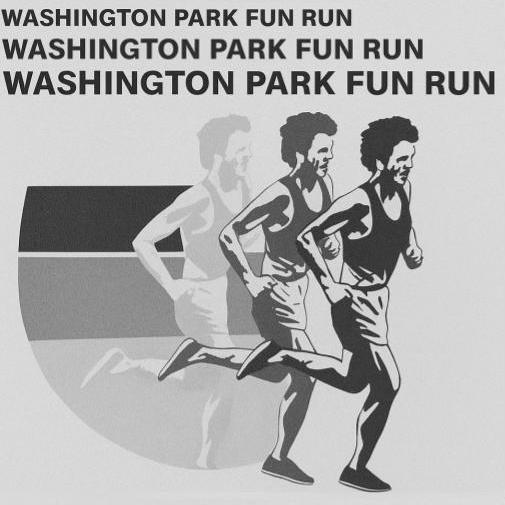HANG OUT VOL.6
Why do you run?
Chapter 11
HANG OUT VOL.6Why do you run?
Books and movies that make you want to run.
I want to lose weight, I want to be popular, I want to relieve stress, I want to have a goal. Everyone has their own reasons for running, and pure feelings are the driving force above all else. There are surprisingly many entertainment shows in the world that depict such "runners." Watching them will make you want to run. You can enjoy them while warming up.
Chapter 02 | SOMETHING HAPPENSON THE SNOWY MOUNTAIN.
This article is available only to paid members
To read more
料金プラン
月額
¥880
(税込)
All articles are free to read. All content is free during the trial period.
Sign up and pay For members, click here










